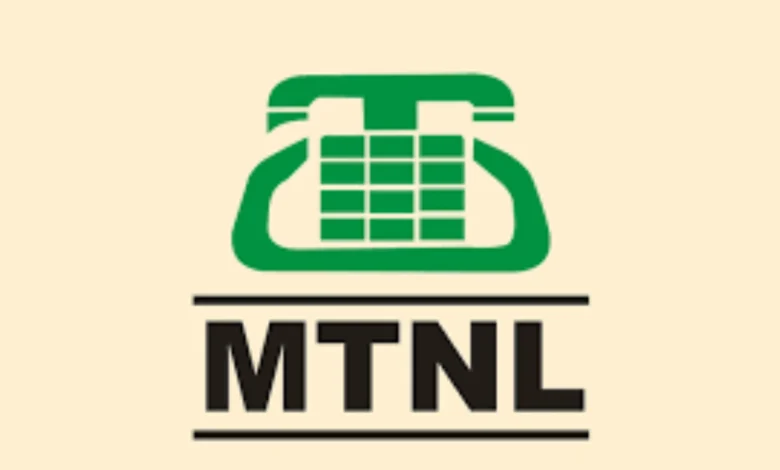Finance Ministry Rejects MTNL’s Debt Haircut Proposal

The Union Finance Ministry has turned down a proposal from Mahanagar Telephone Nigam Limited (MTNL) asking public sector banks (PSBs) to take a “haircut” on their loans to the struggling telecom company. A senior government official confirmed the decision, stating that such a move would be seen as a default by the central government since MTNL is a public sector enterprise.
MTNL, a state-owned telecom firm, has been facing severe financial difficulties. Public sector banks have lent ₹8,144 crore to the company, but these loans have now turned into non-performing assets (NPAs), meaning the company has failed to repay them. MTNL defaulted on these loans last year.
The banks with the highest exposure to MTNL include Union Bank of India (₹3,543 crore), Indian Overseas Bank (₹2,319 crore), Bank of India (₹1,053.8 crore), Punjab National Bank (₹454 crore), State Bank of India (₹337 crore), UCO Bank (₹260 crore), and Punjab & Sind Bank (₹176 crore).
Earlier, reports suggested that public sector banks were willing to accept a 20% haircut on MTNL’s debt, but the company had asked for a 60% reduction a few months ago. However, the government has rejected this proposal, stating that it cannot allow such a move for a public sector company.
Asset Monetisation to the Rescue
To address MTNL’s financial troubles, the government has approved a plan to monetise the company’s assets worth ₹16,000 crore. This move is expected to help MTNL repay its debts and restructure its operations. However, the process is not without challenges. A significant portion of MTNL’s land assets, provided by the state government in the 1950s and 1960s, comes with restrictions. These lands can only be used for telephone services, making it difficult to sell or monetise them.
Despite these hurdles, the government is pushing ahead with its plans. The National Land Monetisation Corporation (NLMC) has been directed to speed up the process of monetising land assets from various central public sector enterprises (CPSEs), including MTNL. The NLMC will act as an advisory body, helping government entities and CPSEs efficiently monetise their non-core assets.
MTNL’s Financial Performance Worsens
MTNL’s financial situation continues to deteriorate. In the second quarter (Q2) of 2024-25, the company’s net loss widened to ₹890.3 crore, up from ₹792.8 crore in the same period last year. Revenue from operations also fell by 11.9% year-on-year to ₹174.23 crore, while total expenses rose by 4.4% to ₹1,217.56 crore. As of September 2024, the Government of India holds a 56.25% stake in MTNL.
Government’s Broader Monetisation Plans
The government’s efforts to monetise assets are part of a larger strategy to revive struggling public sector companies and fund new infrastructure projects. Finance Minister Nirmala Sitharaman, in the Union Budget 2025-26, announced the launch of the second asset monetisation plan for 2025-30. The plan aims to generate ₹10 trillion by monetising government-owned assets and reinvesting the funds into infrastructure development.
Arunish Chawla, Secretary of the Department of Disinvestment and Public Asset Management, highlighted the government’s focus on helping MTNL and Bharat Sanchar Nigam Limited (BSNL) monetise their assets. “We are going to help MTNL and BSNL monetise their assets so that the value locked in can be redeployed, liabilities are cleared, and we can re-energise the sector,” Chawla said last week.
